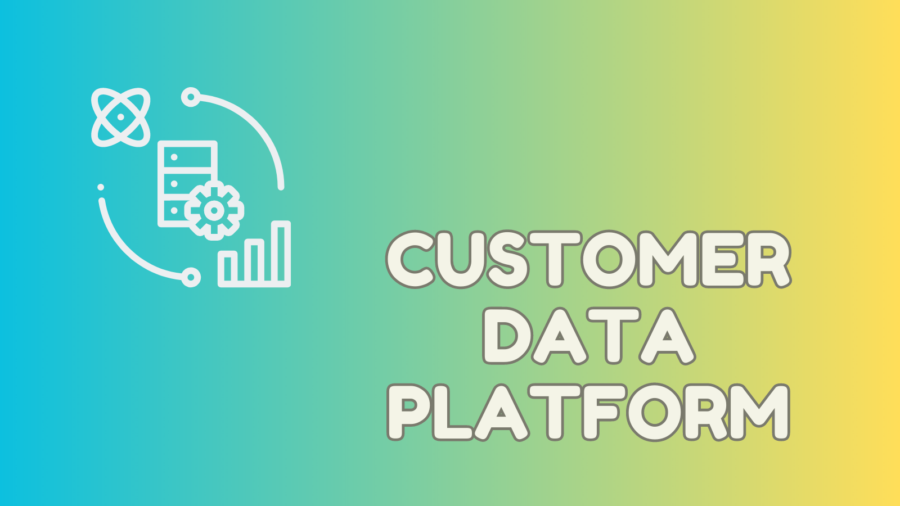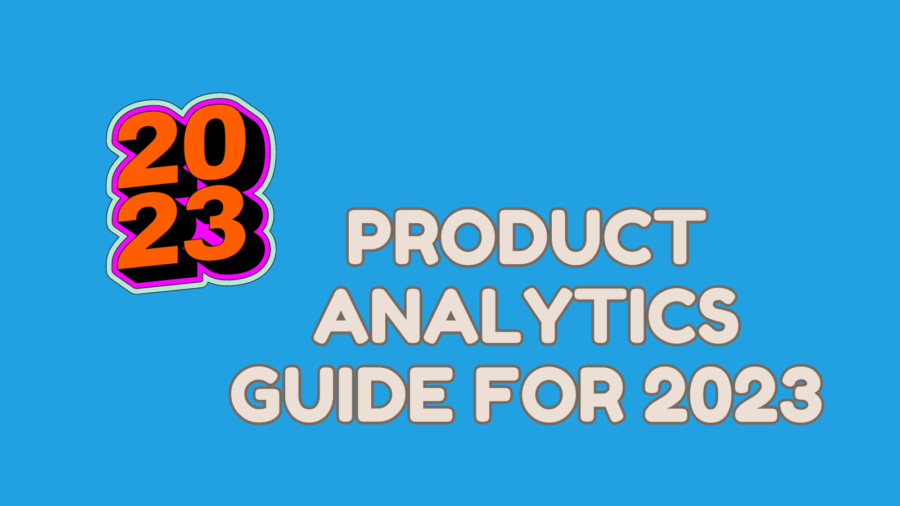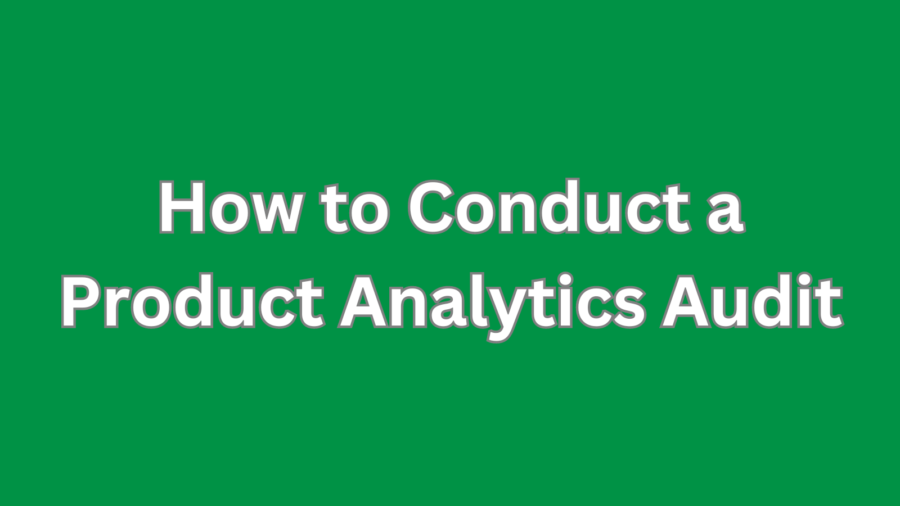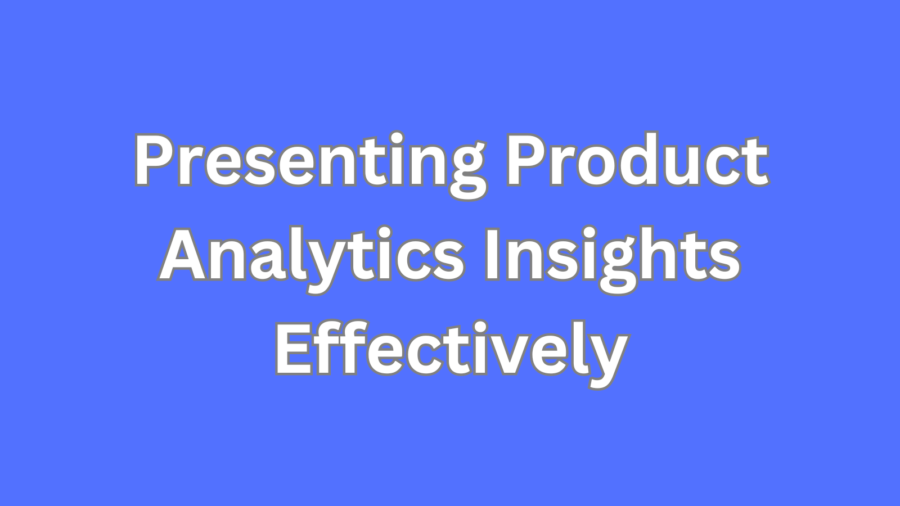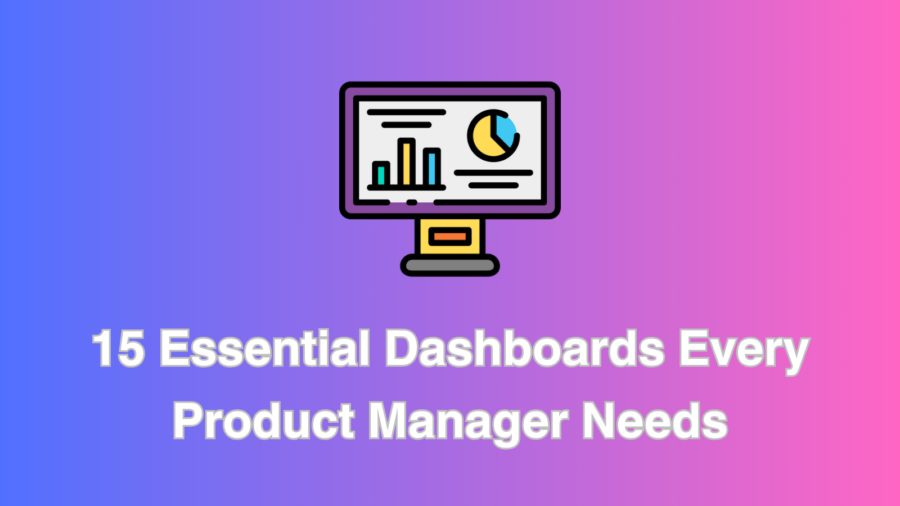The dynamic landscape of the software industry continues to evolve at an astonishing pace. However, amidst this relentless transformation, a constant remains: the emergence of new software categories. These new categories spark a frenzy as numerous companies vie to jump on the bandwagon and ride the wave of innovation.
This phenomenon has been seen before with categories such as Customer Relationship Management (CRM) and email marketing. Periodically, new players would enter the market, each striving to establish their presence. In more recent times, this trend has extended to a diverse range of categories, encompassing data integration, product analytics, and of course, the Customer Data Platform (CDP).
Interestingly, whenever a new software category gains prominence, existing companies often pivot their messaging and positioning to align themselves with this new trend. However, what’s intriguing is that these shifts in positioning are often cosmetic, with minimal substantive changes made to their actual product offerings. This precise phenomenon is currently unfolding with the CDP landscape, as virtually every company seeks a slice of this highly promising pie.
Navigating the Maze of CDPs
Within the realm of CDPs, a cloud of confusion has descended. A communication tool lists CDP as one of its platform components, a marketing automation tool highlights CDP as a key feature, and remarkably, a data integration tool boldly rebrands itself as a CDP.
Amidst this assortment, the common thread that ties these tools together is their ability to activate data. To provide a clear understanding, data activation can be defined as the process of employing precise data within acquisition, engagement, and customer support tools to personalize the customer experience.
While the applications for data activation are manifold and have been discussed previously, it’s essential to recognize that data activation is not synonymous with a CDP; rather, it’s merely a facet of what a CDP encompasses.
Deconstructing the CDP
The confusion surrounding the term “CDP” is causing frustration, making the roles of salespeople more complex and leaving potential clients perplexed. Thus, before we delve into the functionalities of a CDP, it’s paramount to comprehend its essence.
The CDP Institute has laid out a set of specific capabilities that a product must possess to be classified as a genuine CDP:
- Ingest data from a myriad of sources.
- Capture comprehensive details of the ingested data.
- Retain ingested data indefinitely while adhering to privacy guidelines.
- Construct unified profiles for identified individuals.
- Facilitate data sharing with any requisite system.
- Respond promptly to new data and profile requests.
With these building blocks in mind, a CDP orchestrates collecting and storing customer data from diverse sources. It then cleanses, standardises, and centralises this data, ensuring its accuracy, before strategically syncing the requisite information with downstream platforms.
In essence, a genuine CDP can be deconstructed into the following components or tools:
- Customer Data Infrastructure (CDI): To aggregate data from first-party sources such as your website and applications.
- Extract, Load, Transform (ELT): For assimilating data from third-party sources.
- Identity Resolution: To create a coherent view of customers across multiple touchpoints.
- Visual Audience Builder (Segmentation): To enable the creation of targeted customer segments.
- Data Storage: To ensure the secure storage of cleansed and consolidated data.
- Reverse ETL: To synchronize processed data with downstream tools, completing the loop.
In mathematical terms, a CDP can be represented as the sum of its components: CDP = CDI + ELT + Identity Resolution + Data Storage + Visual Audience Builder (Segmentation) + Reverse ETL.
The Journey of Data Within a CDP
A CDP embarks on a journey of data orchestration. It collects data from various sources, applies necessary processing steps while retaining an original copy, and then strategically dispatches the processed data to predefined destinations. These sources serve as the wellsprings of data, encompassing first-party sources like websites and apps and extending to third-party tools and APIs. Subsequently, these destinations function as platforms where the data is stored, analyzed, and put into action.
Guaranteeing Precise Data Capture: The Amplitude Guide to Behavioral Data & Event Tracking offers comprehensive insights into the nuances of data capture.
Unravelling the Decision to Adopt a CDP
Determining whether your organization requires a CDP is a multifaceted task that depends on various factors, including needs, priorities, and resources.
A CDP can be valuable for burgeoning enterprises seeking to experiment with novel channels while empowering their go-to-market (GTM) teams to operate with agility—minus excessive dependence on data or engineering teams. However, this adoption should be accompanied by the resources necessary for effective implementation and maintenance.
Engaging in discussions with GTM teams to comprehend their data-related challenges and priorities is a prudent step for those hesitating about CDP adoption. Inquiries with marketing personnel regarding difficulties in consolidating customer data from diverse sources and efficiently acting on it or dialogues with data engineers about the potential simplification of their tasks by eliminating repetitive manual data synchronization can yield valuable insights.
Importantly, many individuals within an organization might be unaware of how a CDP can elegantly address myriad day-to-day challenges, ultimately relieving them of their data-related concerns.
It’s vital to recognize that a data warehouse is not a substitute for a CDP; rather, a data warehouse should stand as one of the primary destinations for the data collected by a CDP—a practice that should be deemed indispensable.
Selecting the Optimal CDP
The process of selecting the ideal CDP is akin to unravelling a million-dollar mystery. What remains consistent across a SaaS startup, an e-commerce brand, and a retail behemoth is that all of them might stand to benefit from a CDP. However, as with any software solution, no single product can cater to the diverse needs of companies across various sizes and industries.
Upon delving deeper into the nuances of CDPs, it becomes evident that each solution offers unique features that set it apart from the rest—a phenomenon pervasive across the software landscape.
In this context, here are essential considerations to guide the selection of a CDP that harmonizes with your business:
- Data Sources: Does the CDP seamlessly support your primary data sources? For instance, if your website and apps are critical data origins, ensure that the CDP provides robust support for these sources.
- Example: Imagine you’re a startup with a mobile app and web presence. Your CDP must adeptly handle data ingestion from both these sources, ensuring a comprehensive view of customer interactions.
- Destinations: Does the CDP offer well-documented and robust integrations with your desired data destinations? While many CDPs may support your preferred tools, it’s crucial to assess the depth of each integration to match your precise requirements.
- Example: Consider an e-commerce brand that utilizes tools like Shopify for transactions and Zendesk for customer support. Your chosen CDP should seamlessly integrate with these platforms, allowing for data synchronization that empowers personalized customer interactions based on purchase history and support interactions.
- Enablement: Does the CDP empower diverse teams to harness data effectively? The essence of a CDP is not limited to marketing and growth teams; it should also benefit product, engineering, and data teams.
- Example: For a retail enterprise, a CDP should facilitate the accurate identification of customers across various channels. By utilizing the
Conclusion
In the ever-evolving software industry landscape, the emergence of new categories like Customer Data Platforms (CDPs) brings both opportunities and challenges. Navigating the complexities of CDPs requires a clear understanding of their capabilities and how they align with your business needs. As organizations strive to harness the power of data for personalized customer experiences, choosing the right CDP becomes a pivotal decision that can shape success in the digital age.

